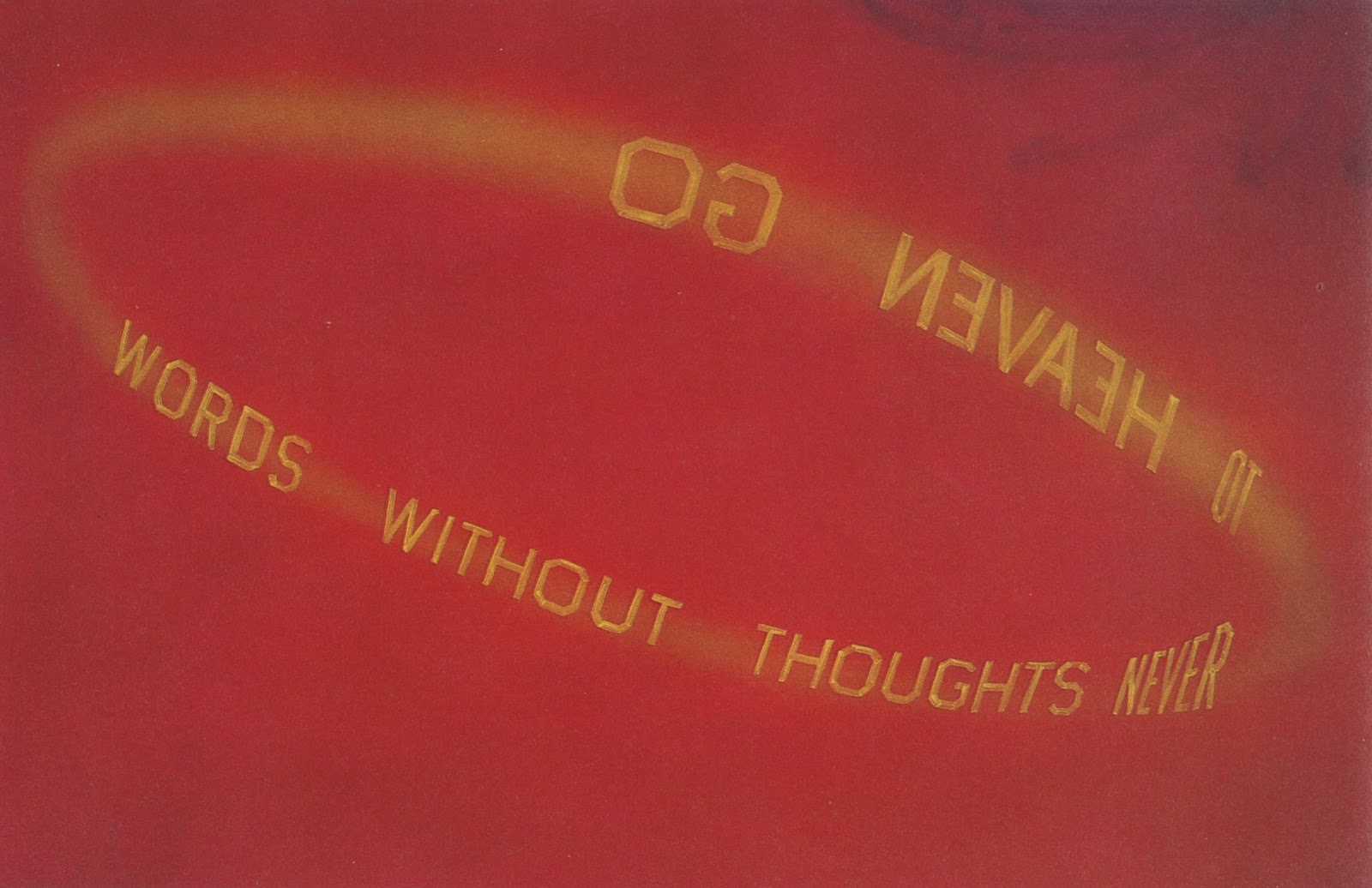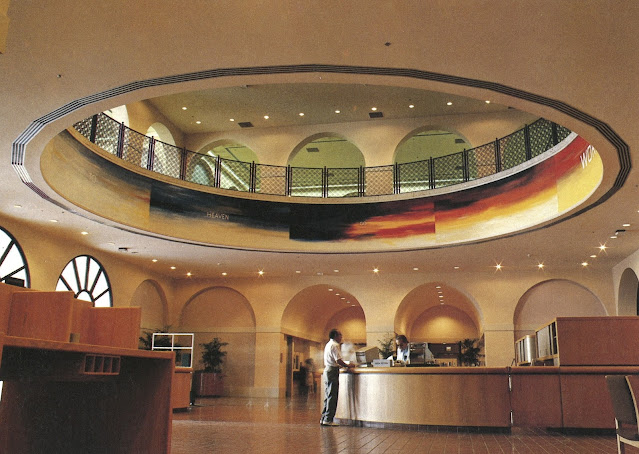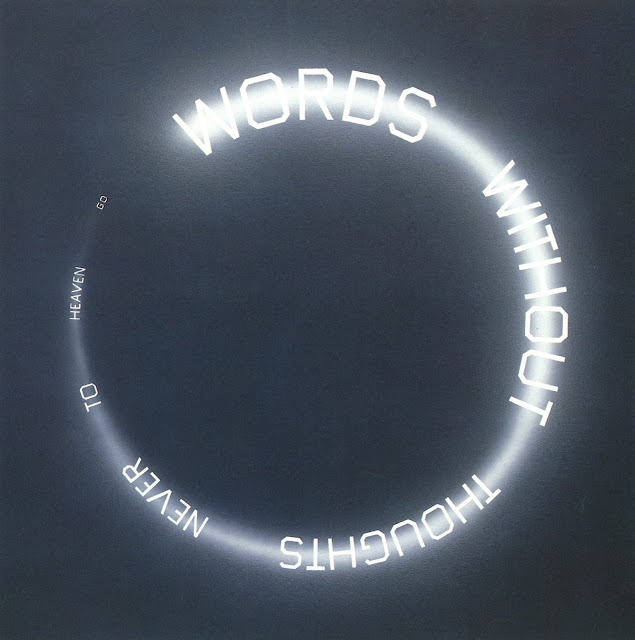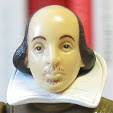I had hoped to complete this review before the show completed its run, but, thinking it over, it wasn't a production that I would have felt compelled to urge you to see.
That's not to say it was a bad play—just that it had few points of interest or inspiration.
I've seen two other productions of Midsummer Night's Dream at the Guthrie: One in 2008 (for which, q.v.) and one in 2015 (for which, q.v.). Both those productions raised interesting questions and made interesting decisions. They had quite a bit of humor and play—play with the lines and play with the characters.
This production was lacking in those elements. The main interesting choice I remember came in Act I. When Theseus says, "Come, my Hippolyta: what cheer, my love?" Hippolyta crossed to Hermia and clasped hands with her before following Theseus off. Later, in Act IV, Theseus again says, "Come, Hippolyta," and then exits with him—much more happily. It's one of the points to watch for in any production; this one was subtle, but it was a clear and interesting decision.
The other memorable part was the play-within-the-play. I'm afraid I need to quote Polonius here: "This is too long." I like a Shakespeare production that keeps the audience from looking at its collective watch, and I'm usually very fond of the Pyramus and Thisbe part. But it seemed like this production made that the focal point of the entire show. What's written as a supplemental plot, one that can usefully underline elements of the main plot, became the main plot toward which the rest of the action seems to build. And its length made it border on the tedious—despite some very funny moment—including Wall breaking into a remarkably soulful and profound song about being a wall.
The sets were beautiful—especially in the woods outside Athens:
All things considered, the production just didn't do much with Midsummer Night's Dream. It wouldn't be fair to say that it's like the production that is underway at the beginning of Slings & Arrows, but it's certainly more in that direction than past productions at the Guthrie.
Links: Information about the show at the Guthrie website.





























